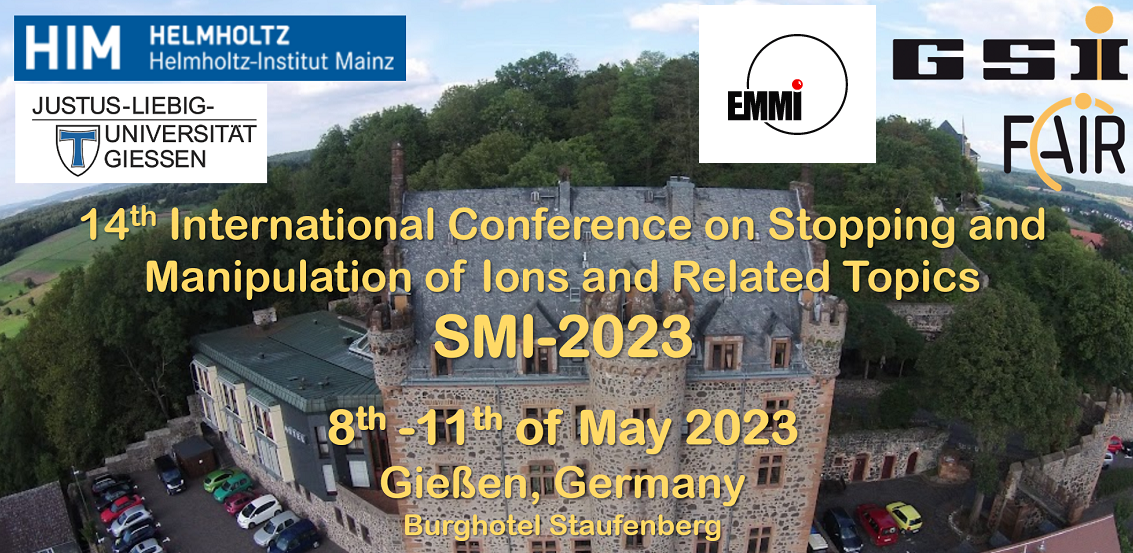Sprecher
Beschreibung
The heaviest elements are of interest to nuclear and atomic physicists due to their peculiar properties. While nuclear shell structure effects are responsible for their very existence stabilizing them against spontaneous fission, the structure of their electronic shells is affected by strong relativistic effects leading to different atomic and chemical properties compared to their lighter homologs. Here, laser spectroscopy is a versatile tool to unveil fundamental atomic properties of an element while subtle changes in the atomic transition for different isotopes of the same element enable the inference of fundamental nuclear information. Any investigation of the heaviest elements is nevertheless hampered by their scarcity. Up to the chemical element fermium ($Z$=100), a limited number of long-lived isotopes can be produced in macroscopic amounts through irradiation of actinide samples in reactors where they undergo neutron capture and successive beta decay. Heavier elements and more exotic isotopes of the lighter actinide elements are only accessible through fusion-evaporation reactions at minute quantities and at high energies. An exploration of the region of the heaviest elements with laser spectroscopy became possible with the RAdiation Detected Resonance Ionization Spectroscopy (RADRIS) technique. Here, recoils from fusion-evaporation reactions are produced and separated by the velocity filter SHIP at GSI Darmstadt. The transmitted recoils are then stopped in high-purity argon gas and collected onto a thin filament. After re-evaporation, the released neutral atoms are probed by two-step resonance laser ionization. The so created photo-ions were then guided to a detector where they were identified by their characteristic alpha decay. After the first identification and characterization of a strong atomic ground-state transition in nobelium ($Z$=102), detailed studies on the nobelium isotopes $^{252-254}$No were performed.
In this contribution the present advancements and recent results of the RADRIS technique along with future prospects for laser spectroscopy of the heaviest elements will be presented. This includes the application on decay-daughter products of nobelium enabling the study of the fermium isotopes $^{248-250}$Fm, and with a dedicated detector setup also the long-lived isotope $^{254}$Fm (T$_{1/2}$=3.24h). The performance of the setup was in optimized for the necessary cycliy operation and the filament material to increase the total efficiency for the search of atomic levels in heavier elements such as lawrencium ($Z$=103). A first experimental campaign for the search of an atomic level in 255Fm was recently performed. Next steps include the extension of the RADRIS method to more exotic isotopes and the continuation of the level search in lawrencium as well as developments for higher spectral resolution spectroscopy. For the latter a dedicated setup was recently commissioned combining the efficient stopping and neutralization from the RADRIS technique with the high resolution of in-gas-jet spectroscopy. Laser spectroscopy in the low-density and low-temperature regime of the gas-jet enables higher resolution in the spectroscopy while the continuous operation and swift evacuation of the gas cell using electrical fields will allow us to address shorter-lived isotopes.

